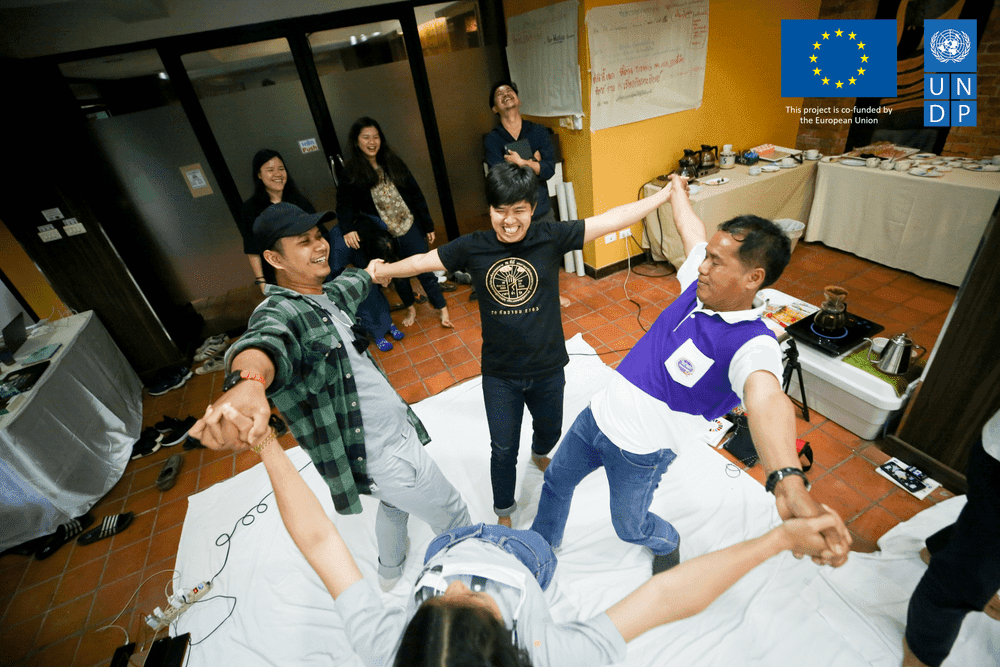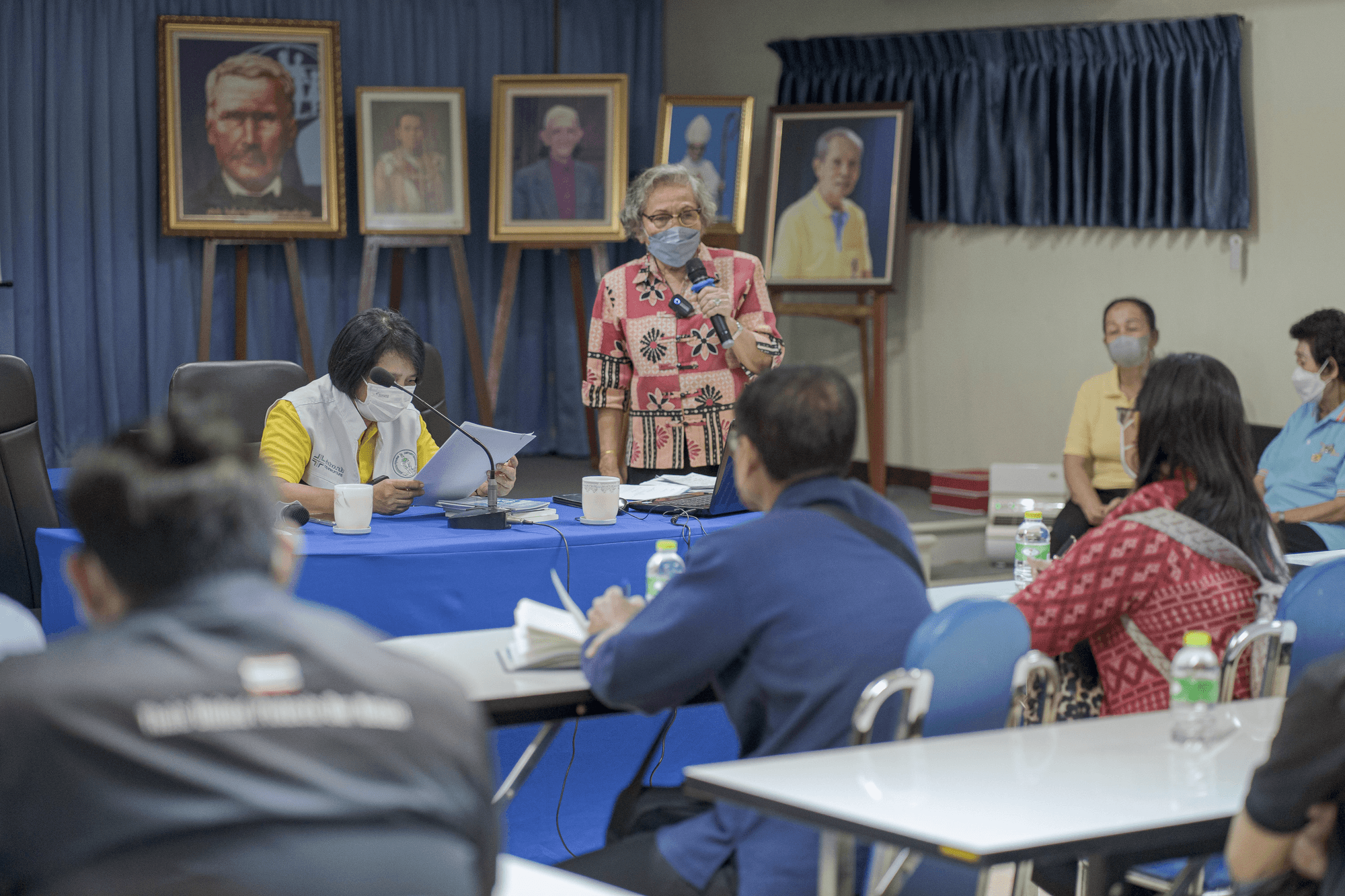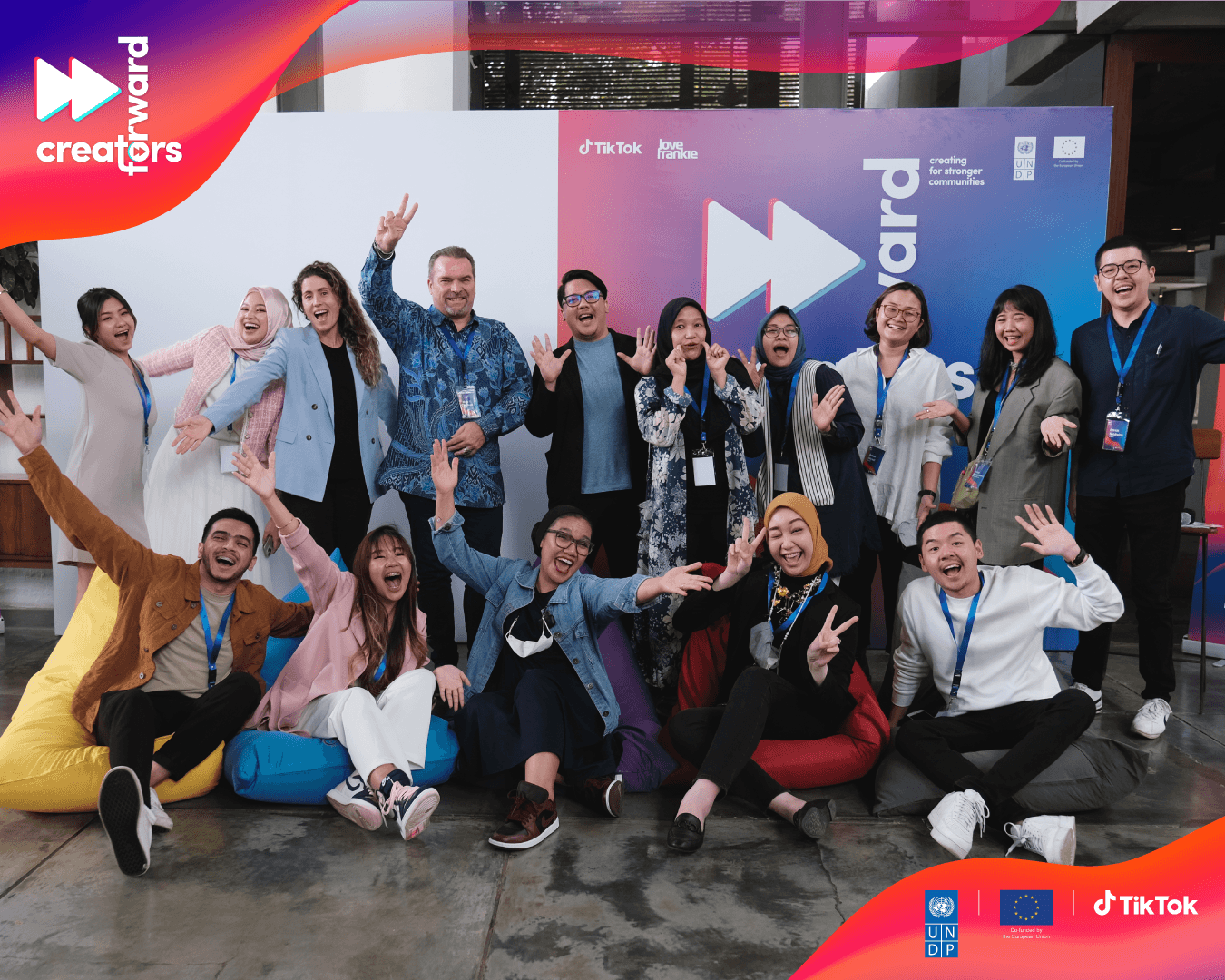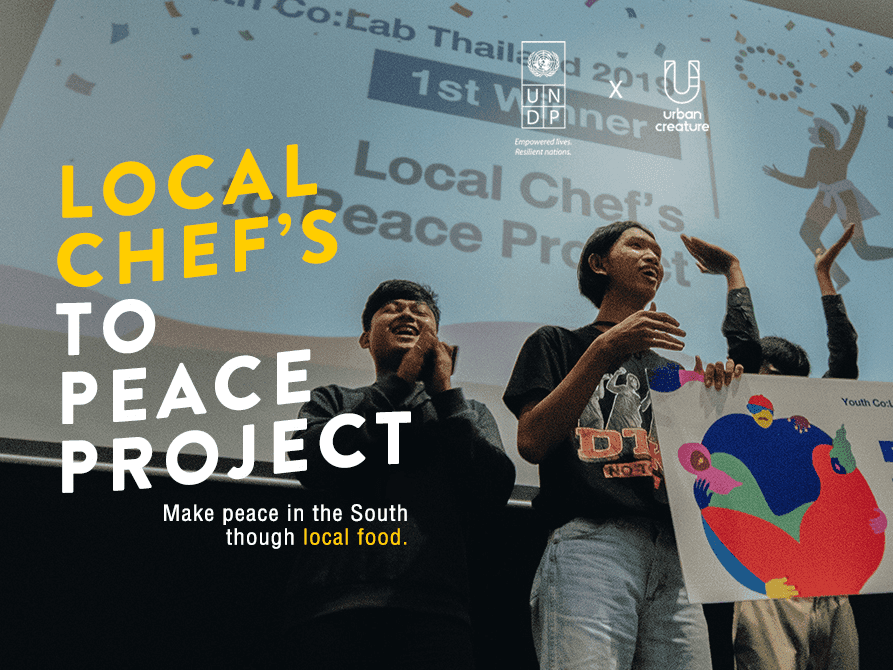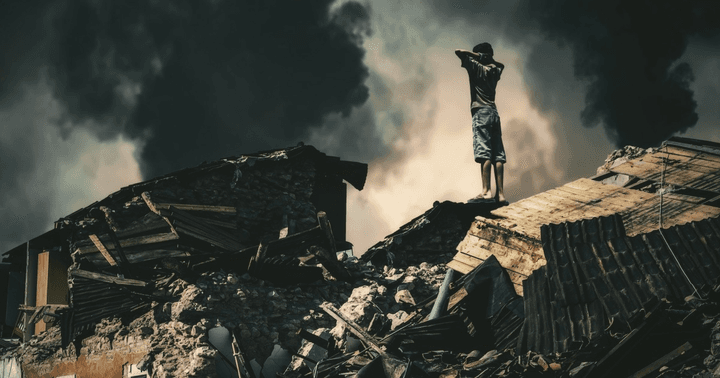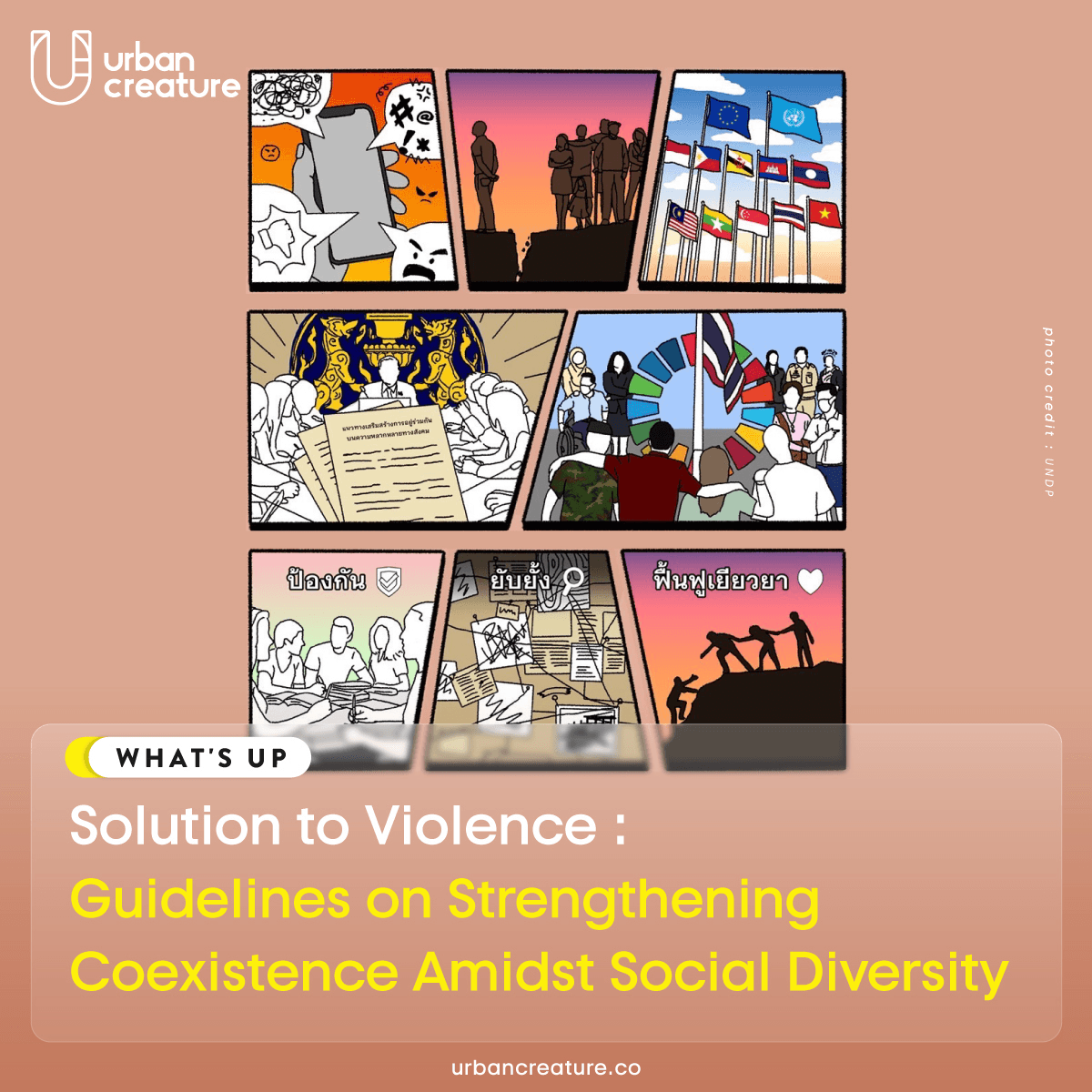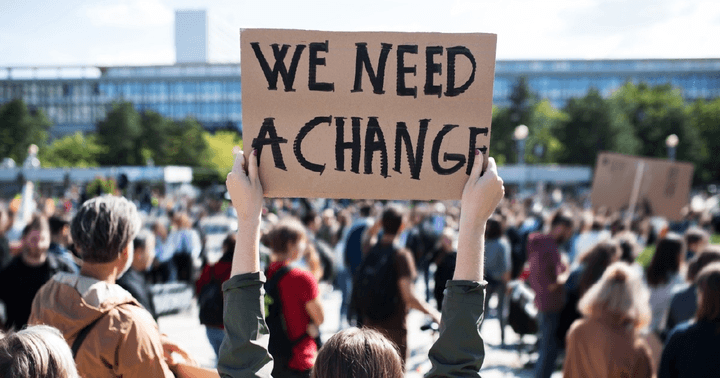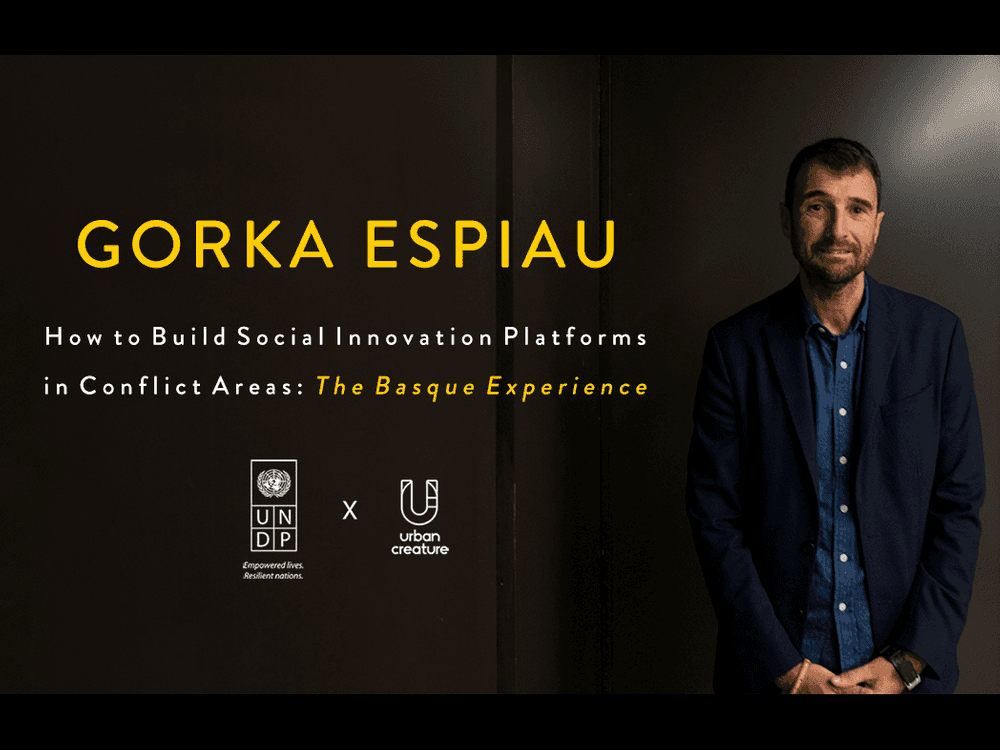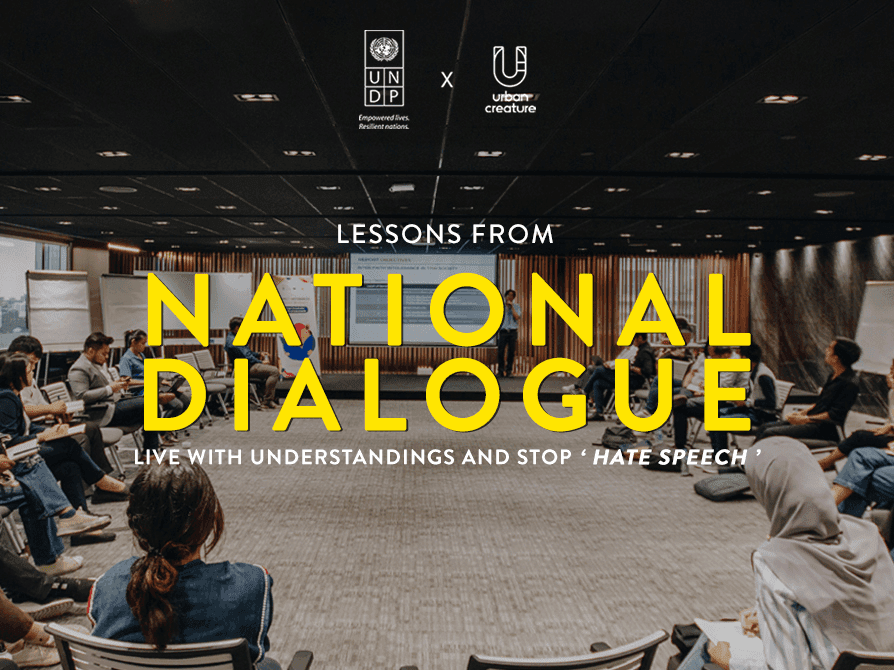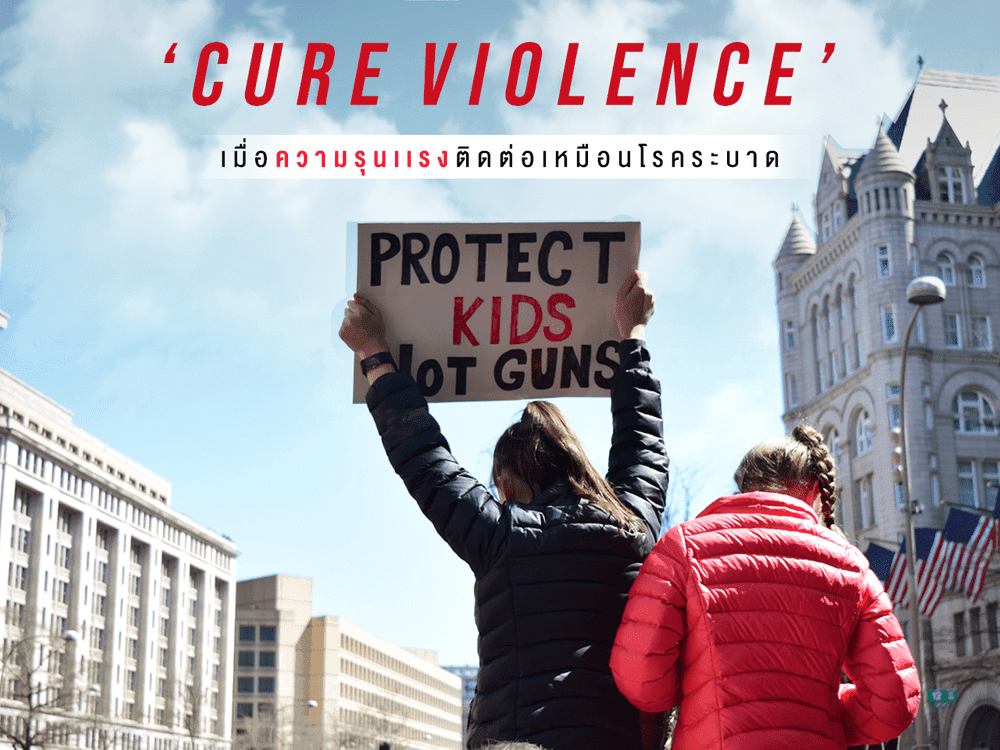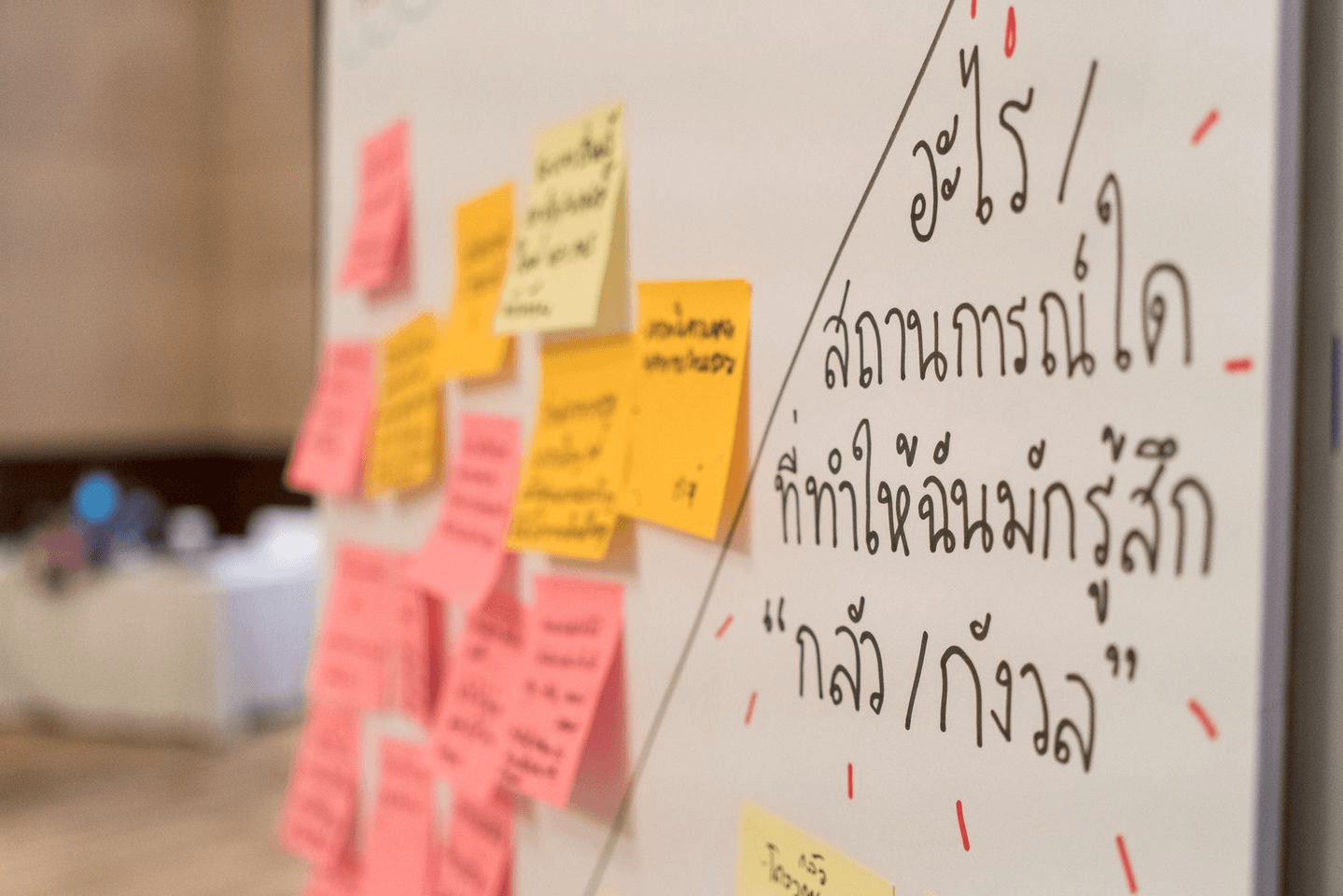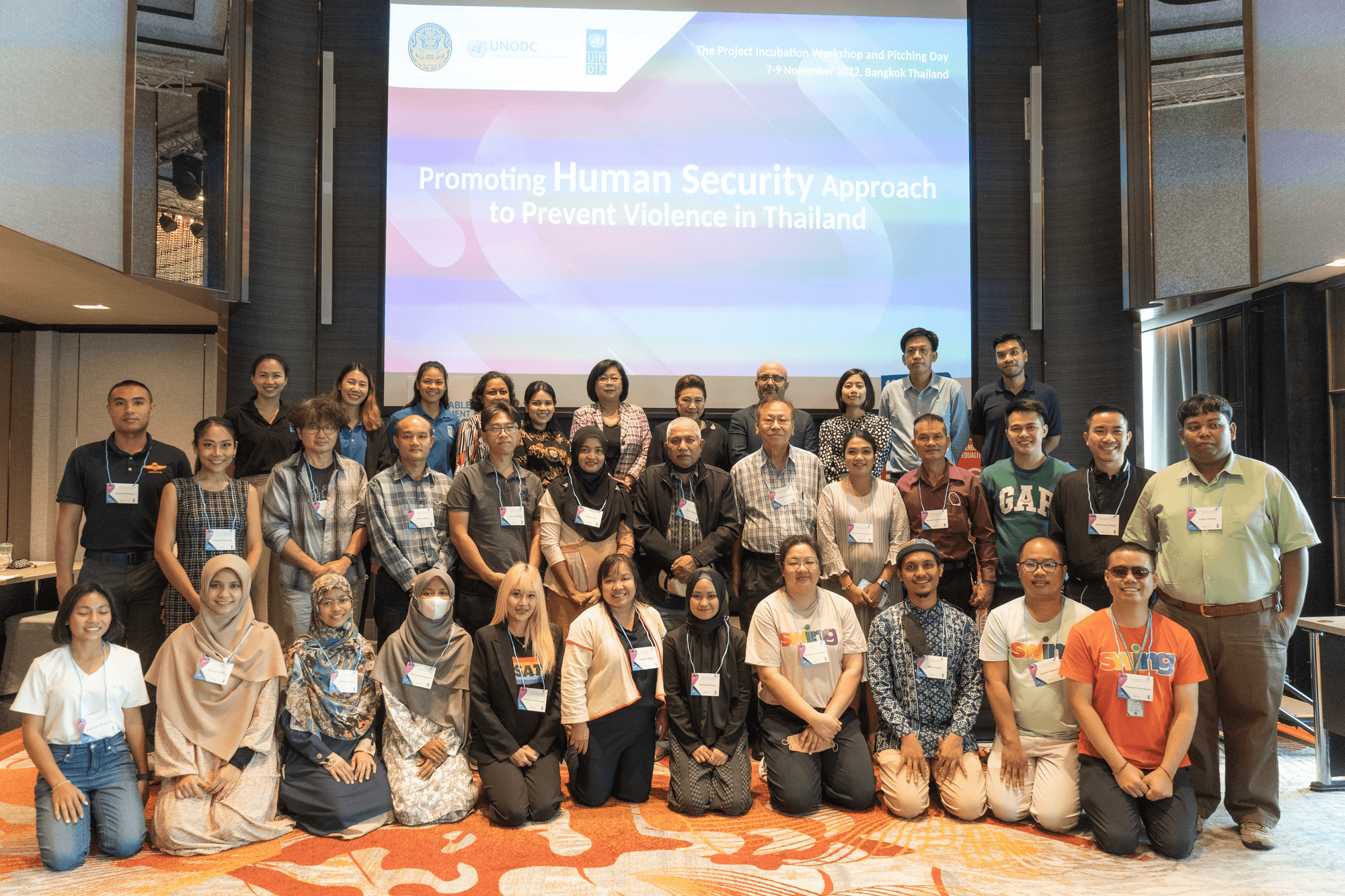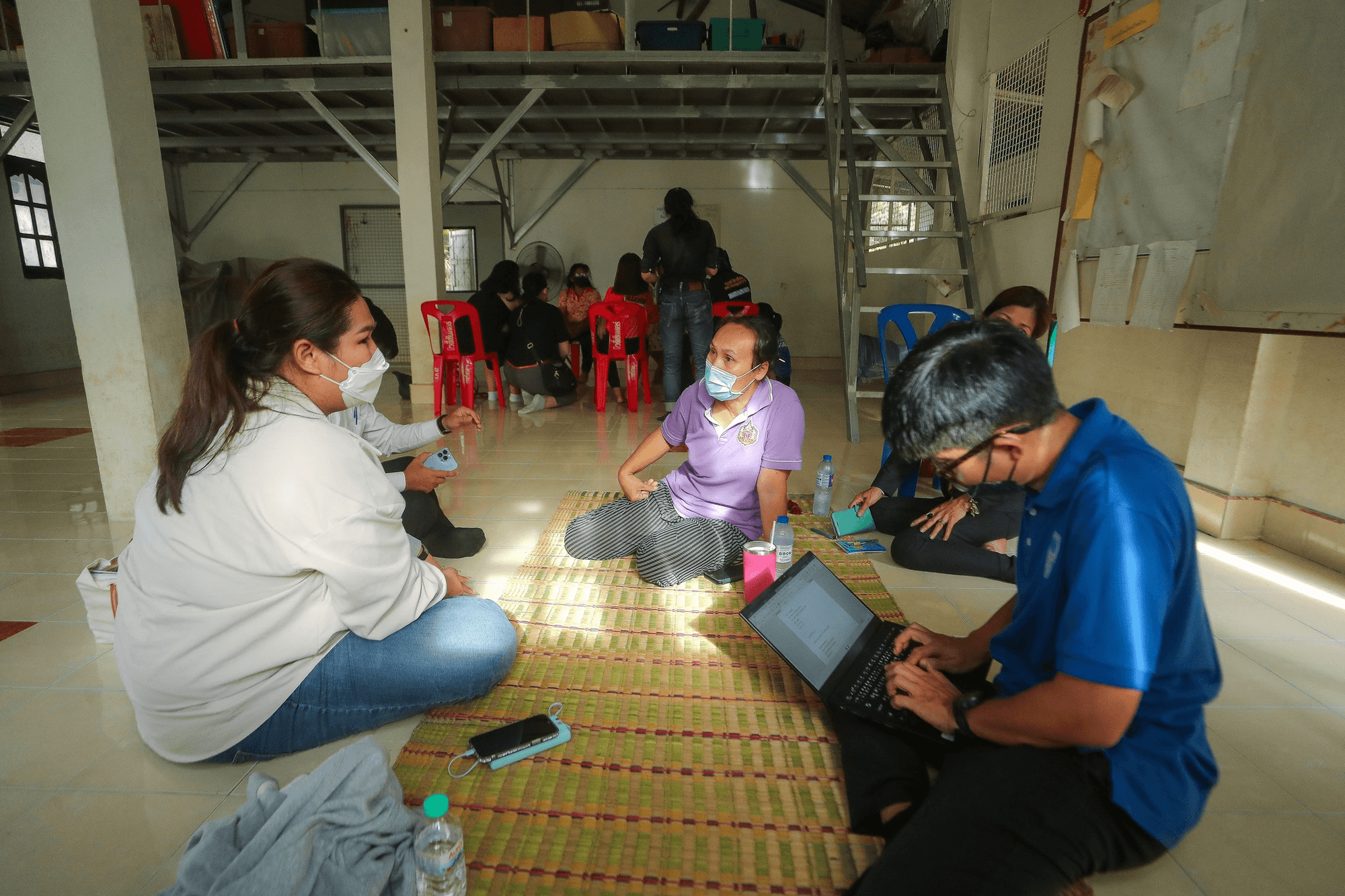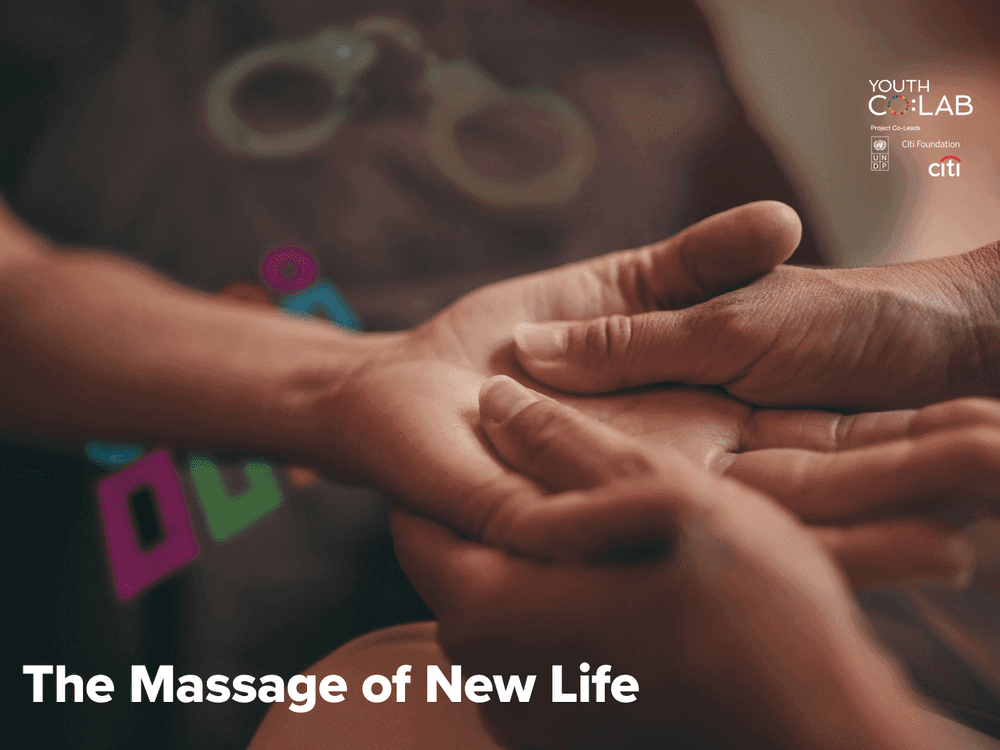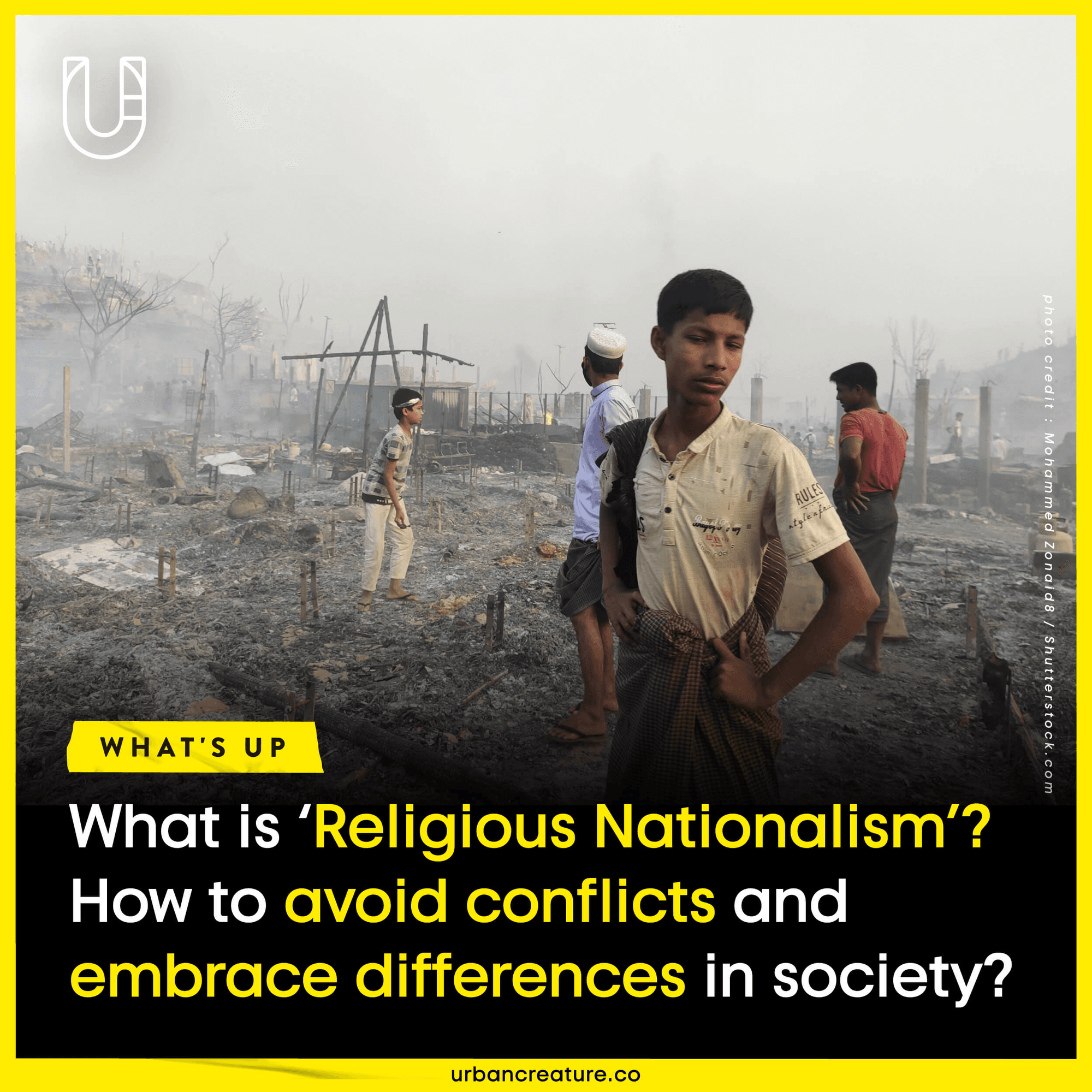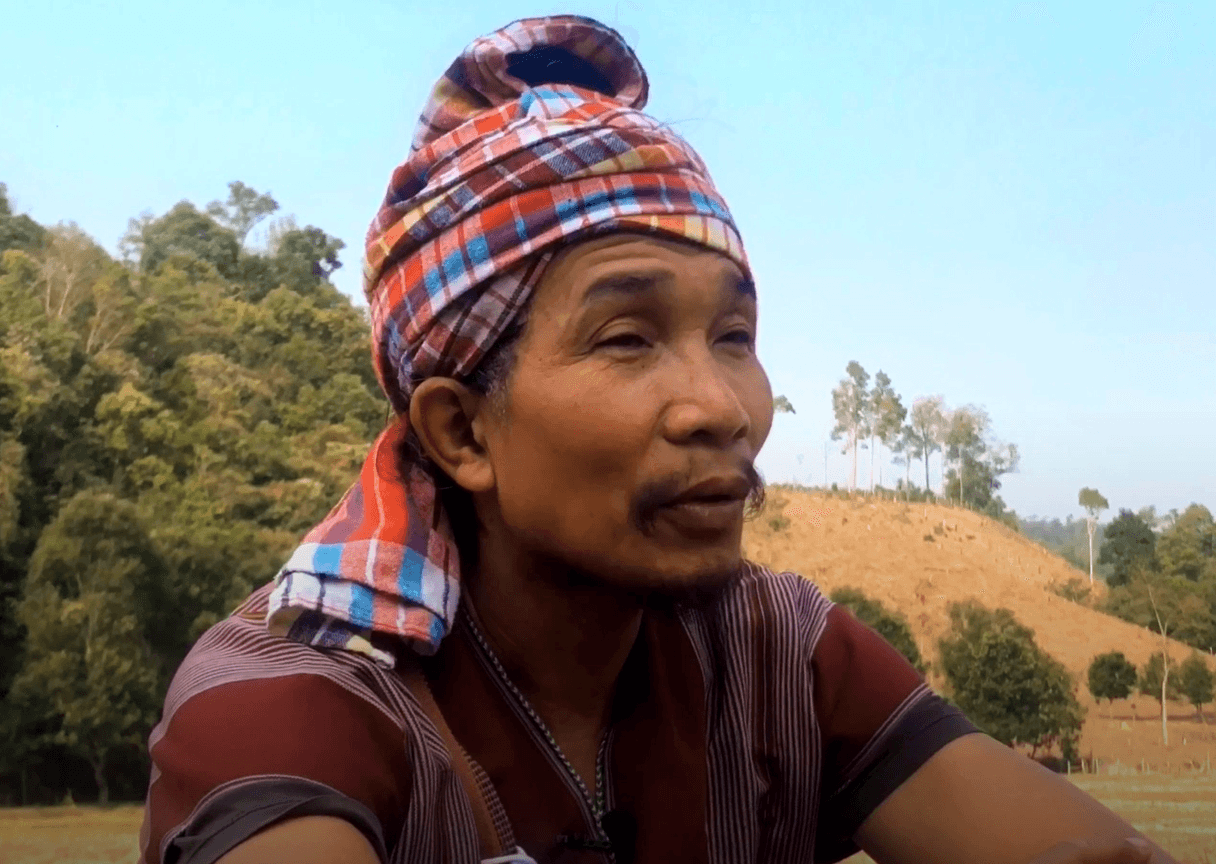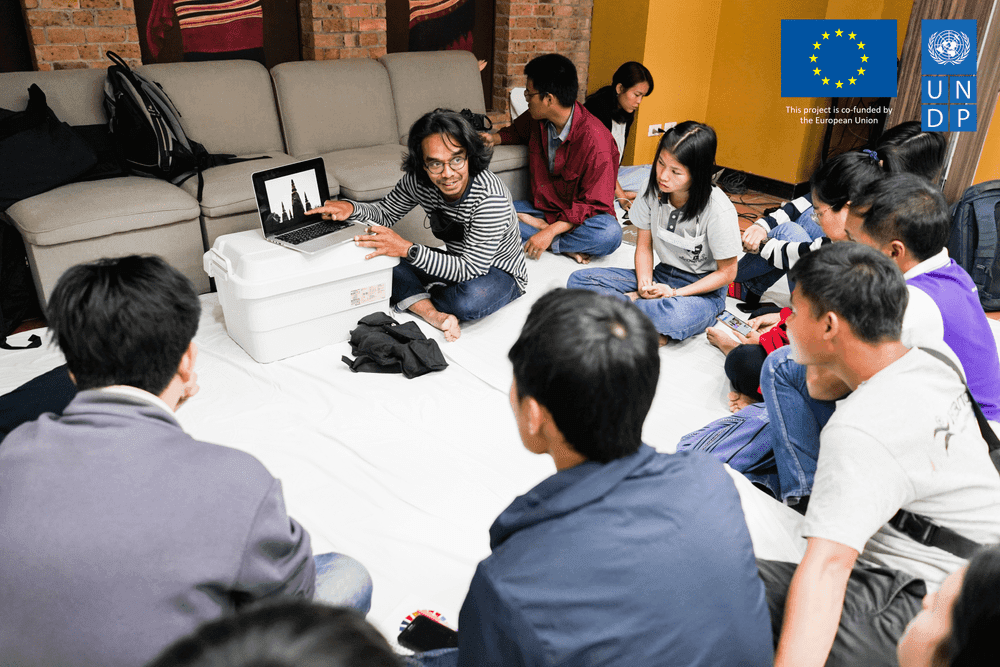Cure Violence: When Violence Is A Contagious Disease
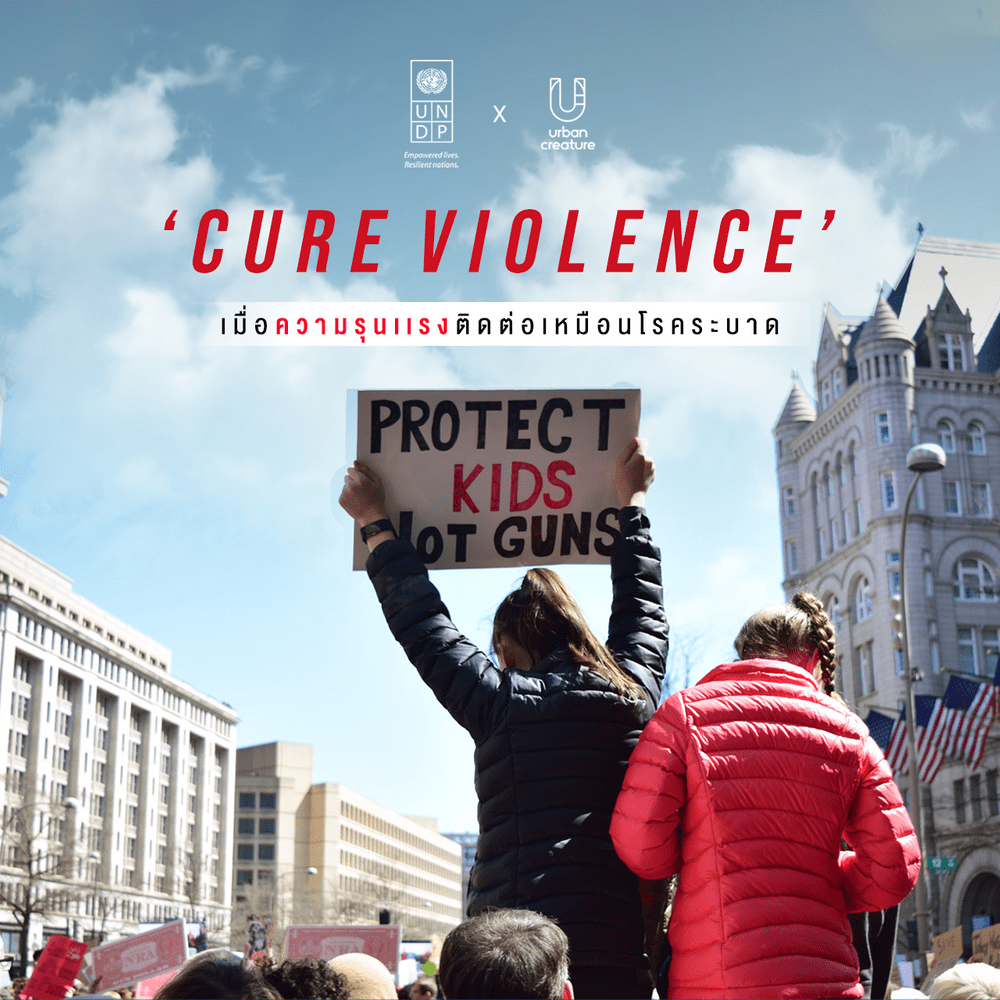
In this age of civilization and technological advancement, we still see news of violence happening daily in every corner of the world. The United States, for example, often receives global attention due to repeated gun violence and mass shootings in public space. Only at the beginning of this month, two mass shootings took place in Ohio and Texas in a span of 14 hours.
Dr. Gary Slutkin, an American epidemiologist and the founder of Cure Violence, a public health anti-violence program, once stated: “violence is a contagious disease.” He spent over a decade working for the World Health Organization combating tuberculosis, cholera and AIDS epidemics in Asia and Africa. The diseases were very rare in the US by the time Slutkin returned home, but he saw another type of outbreak that violently affects people across the country: mass shootings that strike tragedy in schools and other public places. A basic response to this would be criminal punishment for the perpetrator, which might or might not result in a change of conduct. Another way to cure violence is to tackling the root cause, from problems at school, poverty, broken homes, drugs to racism, but these far from light and simple tasks.
Slutkin realized that the incidence of violence is similar to that of an epidemic. That is, it is spread from one case to another, one person to another. So he concludes that the steps to reducing violence are similar to what we do to reverse epidemics, which are:
1. Interrupting transmission – Detecting violence from the first cases the way we identify a person who has active tuberculosis and is infecting other people.
2. Preventing future spread – Identifying those who are at the risk of infecting the disease, or perpetrating violence.
3. Changing group norms – This is done through collective activities and education remodelling, which would build up immunity among the community.
Slutkin’s method begins with hiring a group of people as violence interrupters. They can be someone in the community or in a gang who has credibility, trust and access in the target community. One category of interrupters is then trained in the art of persuasion and calming people down while the other act as outreach workers, responsible for high-risk individuals, keeping them in therapy from 6-24 months with an aim to change their behaviour. Following that change, the workers would put together community activities to change group norms.
Cure Violence was first launched in 2000 in West Garfield Park, one of the most violence-ridden communities in Chicago. In the first year, the program reduced the number of mass shootings by 67% before expanding to other cities across America. Today, more than 50 communities have adopted its model. The program also organizes violence prevention training for representatives in other countries, particularly those in Latin America, the Middle East and Africa. In most of these countries, Cure Violence could reduce violence by 40-70% in its first year and is seen as a valid approach to prevent tragedies no one knows when to expect.
Sources:
2. https://www.ted.com/talks/gary_slutkin_let_s_treat_violence_like_a_contagious_disease#t-665523
